This Griffith Park road is now car-free — so walk or ride your bike on it while you can
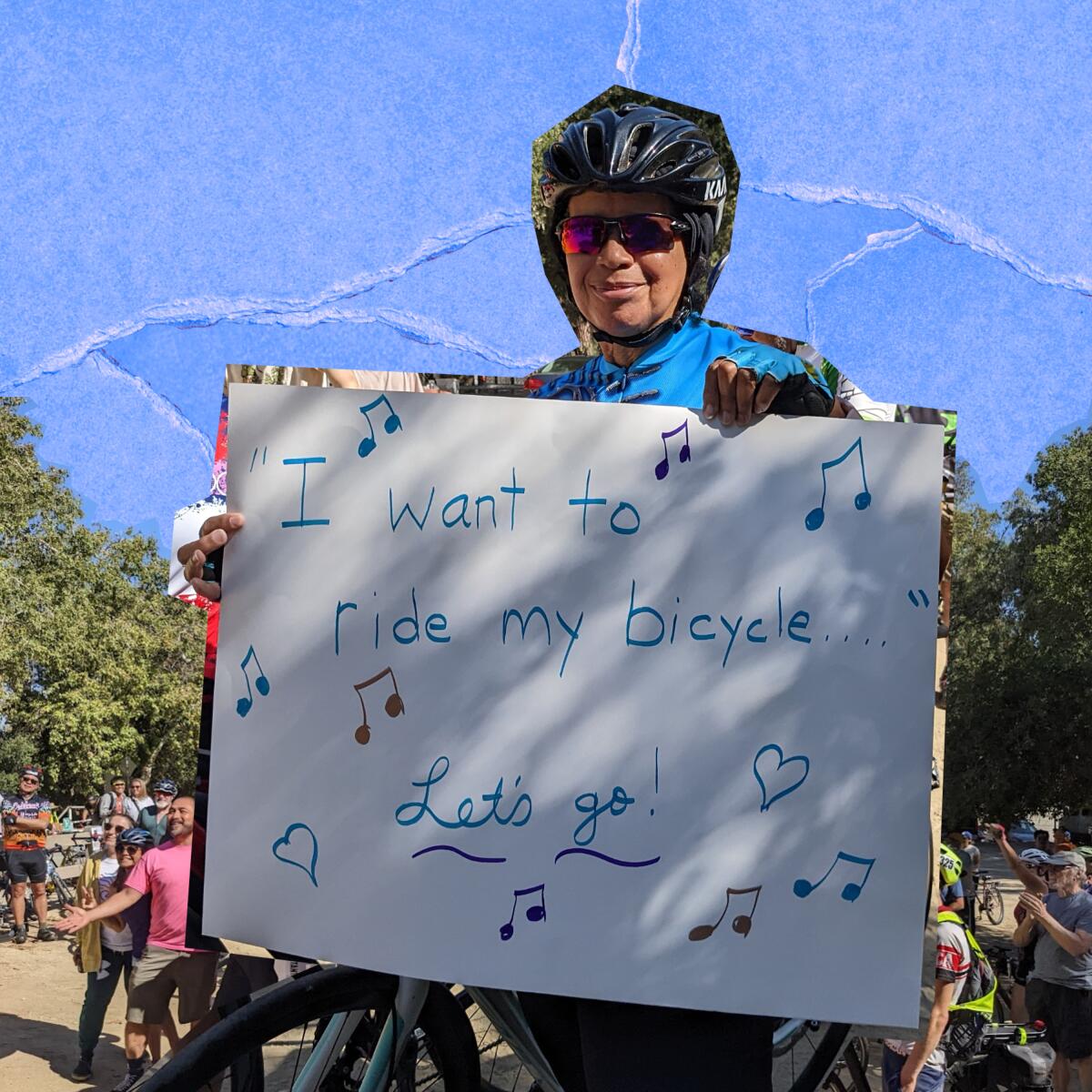
- Share via
Over the July Fourth weekend, I celebrated a specific type of freedom — freedom from cars in Griffith Park.
Through July 18, city officials have temporarily closed about three-quarters of a mile on Griffith Park Drive to car traffic as a way to keep cyclists, walkers, equestrians and all who enjoy the park safer. I joined the pilot program’s kickoff celebration — an event that invited folks to enjoy the open street and show the city that the closure should become permanent.
The accident-prone section sees about 2,000 drivers a day, many of whom are attempting to avoid freeway slowdown. Spurred by the death of cyclist Andrew Jelmert, the pilot program was led by local advocates such as Streets Are for Everyone.
Get The Wild newsletter.
The essential weekly guide to enjoying the outdoors in Southern California. Insider tips on the best of our beaches, trails, parks, deserts, forests and mountains.
You may occasionally receive promotional content from the Los Angeles Times.
“It’s simple — this is just the right thing to do,” said Yasser Martinez, a Griffith Park biker and volunteer for SAFE (and education coordinator for Active SGV) who helped conduct a speed test after SAFE’s founder, Damian Kevitt, lost part of his leg in a Griffith Park hit-and-run.
At the event, Kevitt told his story, which was both haunting and hopeful, and applauded everyone’s efforts. He shared an alarming fact: Griffith is the largest park in the U.S. that still allows private cars to drive through it. “This is not a highway,” Kevitt has said. “This is a park.”
Sen. Anthony Portantino (D-La Cañada Flintridge), a new biker himself, along with advocate groups Streets for All and the Los Angeles County Bicycle Coalition, was also there. LACBC Executive Director Eli Akira Kaufman pointed to the pilot program as a step toward changing not only Griffith Park “from a car park to a people park” but also Los Angeles as a whole. “A more cyclable city is a more livable city,” Kaufman said.
After the speeches, bicycle bells started ringing and attendees began lining up for a procession from the closure start point next to Travel Town to the Observatory tunnel. Helmet straps were tightened, boots were laced, and with a cheer, Kevitt sent us off in celebration of a new type of freedom.
I encourage hikers and bikers (and the equestrian-minded folks too) to go explore Griffith Park this weekend. Park at Travel Town from 10 a.m. to 5 p.m. Nearby, there is plenty of trail access (with far less foot traffic than the more popular south side). The Oak Canyon Trail is a great choice, but for more mileage try the epic Northside Loop.
7 things to do this week
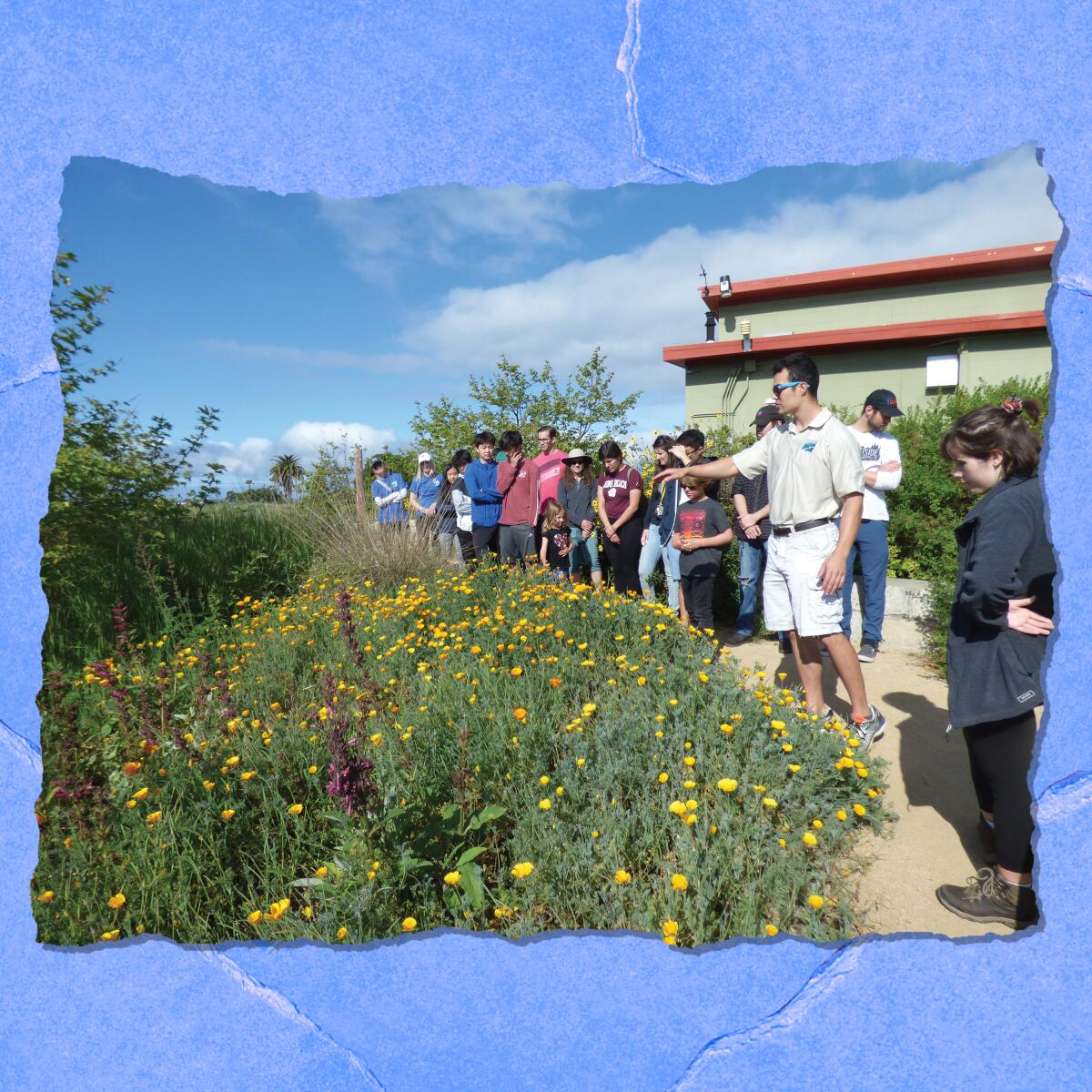
1. Enjoy a guided hike at White Point Nature Preserve in San Pedro. The 102-acre preserve might be most visited for its breathtaking views overlooking the Pacific Ocean (and Catalina Island), but it’s also home to two great loop trails through its restored coastal sage scrub habitat. Enjoy a guided hike on Saturday at 10:30 a.m. as you search for summer sunflower blooms, native milkweed (a staple for monarch butterflies) and resident wildlife, like the western meadowlark. After the hike, check out the Nature Center, which is housed in a repurposed historic missile assembly building.

2. Celebrate Plumeria Day at the Arboretum. The tropical plant may be best known for its beautiful blooms, used in the Polynesian lei, but the Plumeria genus actually consists of more than 300 species found around the world. Learn about the flagrant flora at the L.A. County Arboretum and Botanic Garden via a guided walk through Tallac Knoll, a dense grove of blooming plumerias, as well as expert talks and a plant sale, from 9 a.m. to 2 p.m. Saturday. Admission ($15 for adults, $5 for children ages 5 to 12) is required.
3. Volunteer at trail tidy-ups and habitat restorations. As trails get more traffic in the summer, our local natural respites could use a little TLC. Whether you want to contribute toward wetlands conservation in Huntington Beach (Saturday, 9 a.m.-noon), community cleanups at Lake Balboa park (Sunday, 9:30-10:30 a.m.) or efforts along the San Gabriel River (Saturday, 8-10 a.m.), there are always opportunities to help. Enthusiastic volunteers can even opt for a full day of work on the popular Gabrielino Trail in Angeles National Forest (Sunday, 8 a.m.-2 p.m.).
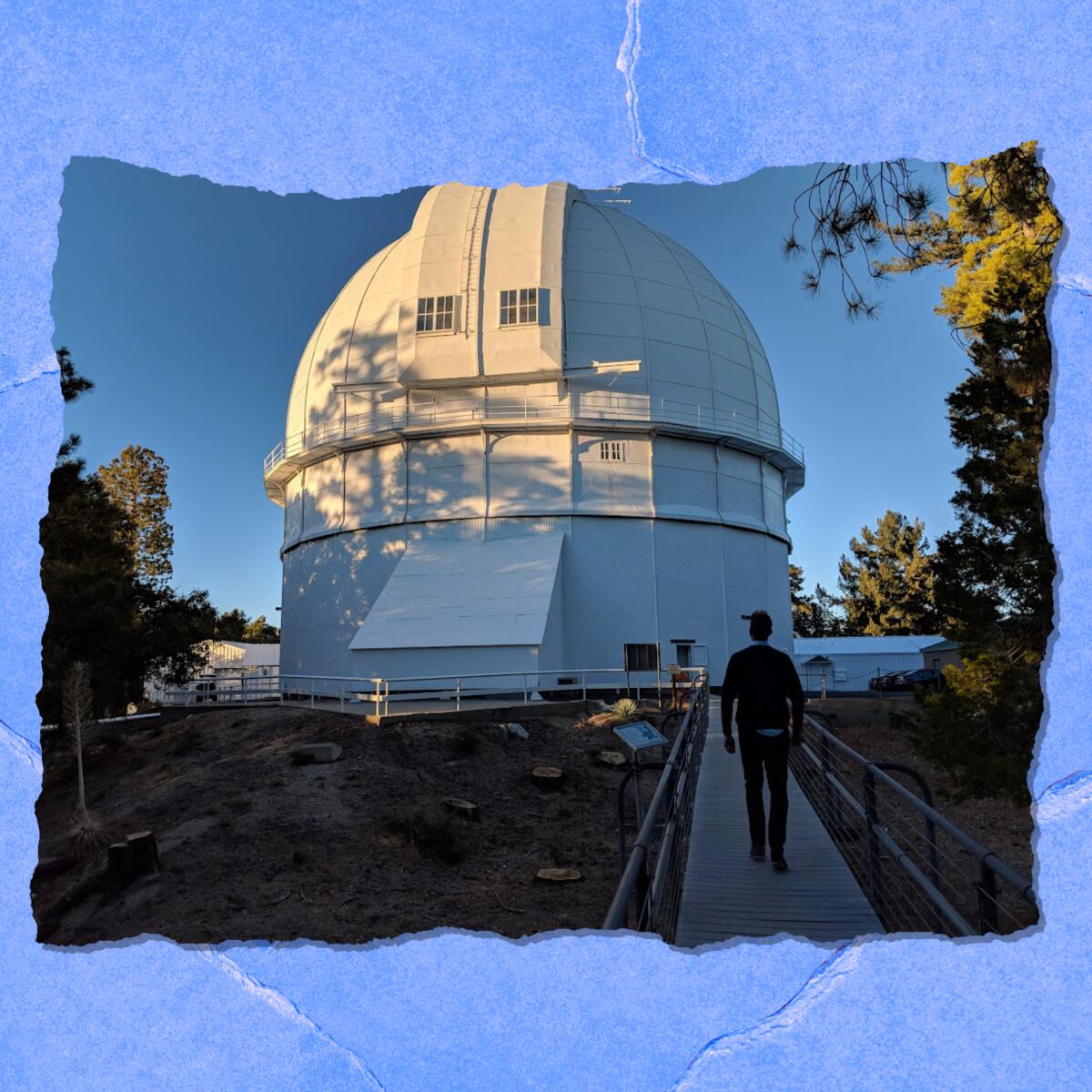
4. Listen to a cosmic concert at the Mt. Wilson Observatory. Enjoy a starry afternoon at the Sunday Concerts in the Dome series, where you can enjoy astronomical acoustics under the famous 100-inch telescope. Programs of varied music — eclectic jazz as well as Bach — are offered on select Sundays (including this weekend) at 3 and 5 p.m. ($50) through October. Talk about an out-of-this-world venue.

5. Rock the weekend with bouldering, belays and beers. Every Thursday, the American Alpine Club of Los Angeles hosts evening events to connect the climbing community at gyms throughout the city. Tonight, find them at downtown’s Stronghold from 7 to 9 p.m., and consider joining one of their monthly crag cleanups. The next one is July 23 at Pirate’s Cove in Newport Beach.

6. Catch a movie under the stars in the Santa Monica Mountains. Take in film history at Paramount Ranch, once home to the prolific Western Town movie set, via a screening of “Speedy,” a 1928 silent movie starring Harold Lloyd, with live musical accompaniment Sunday at 8 p.m. Get there early to enjoy guided walking tours of the grounds (starting at 6:30 p.m.) and snag a picnic spot. If you want to get a hike in before your movie in the mountains, there are multiple options from the staging area (I like the Medicine Woman and Coyote Canyon trails). Events sell out quickly, so check the calendar for more National Park Service-led events.
7. Celebrate the start of Latino Conservation Week at the Santa Monica Mountains Interagency Visitor Center. Head to the King Gillette Ranch in Calabasas on Saturday from 10 a.m. to 2 p.m. to enjoy Las Montañas, an event highlighting the Latinx community and conservation efforts. In addition to ranger-led bilingual hikes, attendees can check out hands-on workshops, local food vendors and guest speakers, including biologist Miguel Ordeñana, who is known for discovering Griffith Park’s famous mountain lion resident, P-22.
Our daily news podcast
If you’re a fan of this newsletter, you’ll love our daily podcast “The Times,” hosted every weekday by columnist Gustavo Arellano, along with reporters from across our newsroom. Go beyond the headlines. Download and listen on our App, subscribe on Apple Podcasts and follow on Spotify.
Hike of the week

Strawberry Peak. Strawberry season just ended. But does it really have to? Whether you want to bag a local peak or just work up a summer sweat, epic summits are the sweetest fruits of hikers’ labors. And 6,165-foot Strawberry Peak, the tallest in the front range of the San Gabriels, is one of the most challenging and rewarding in the Angeles National Forest. Named because its summit shape (supposedly) resembles the eponymous upside-down fruit, Strawberry Peak commands some of the best 360 vistas in the entire range. You can see nearby peaks (like Lukens and Wilson), as well as the Santa Monica Mountains and even the distant Palomar Mountain on a clear day. Find the route on The Times’ 50 best hikes in L.A., and be sure to go early in the day to beat the heat.
The red flag
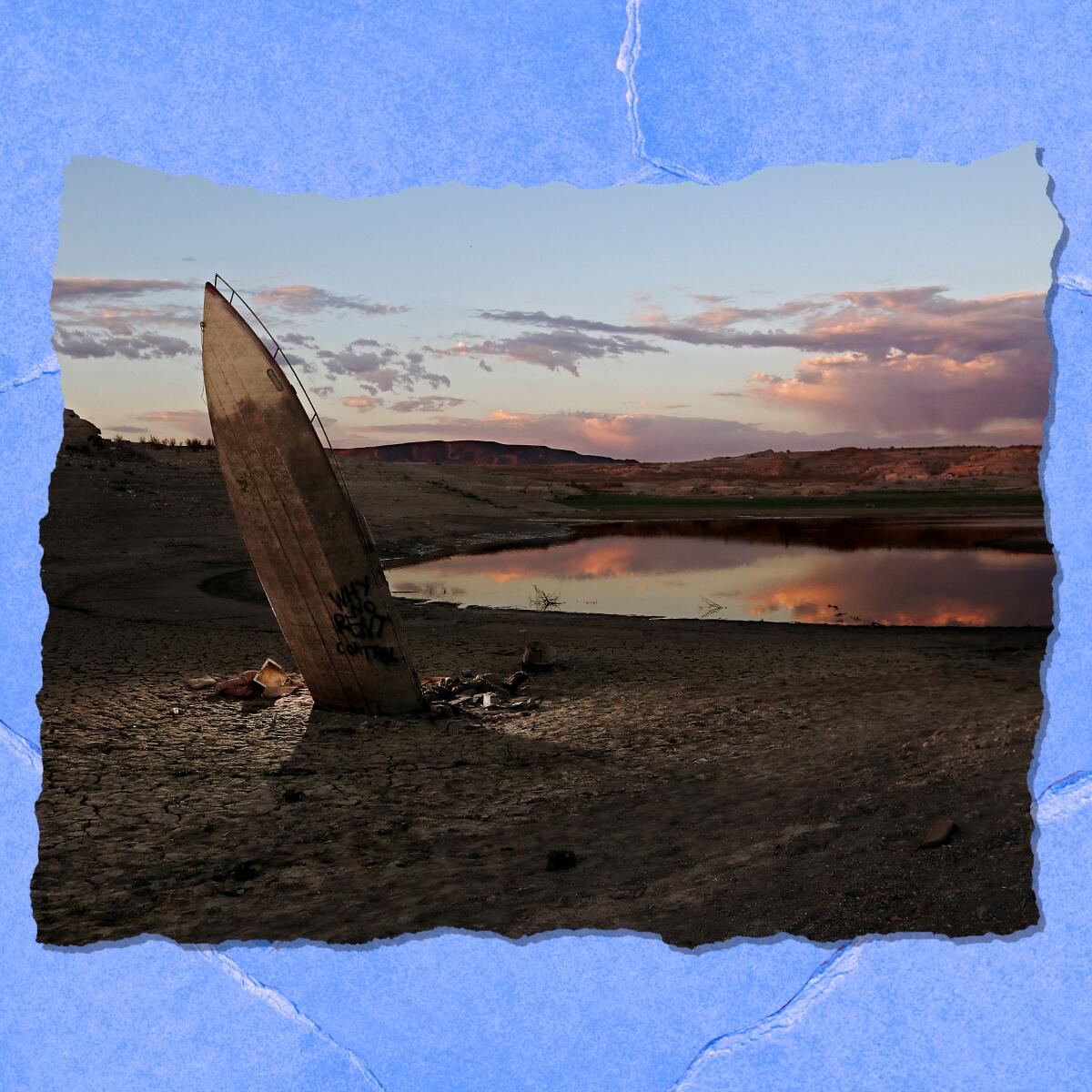
“We are in a drought.” It’s a statement that feels permanent around here. But no matter how timeworn those words may seem, you can’t ignore them. In some places, it’s becoming even more severe. Enter Lake Mead, our country’s largest reservoir, which provides our most precious resource to 20 million people in California, Arizona, Nevada and even Mexico. Times staff writer Ian James reports that climate change and aridification have lowered Lake Mead’s water levels critically over the last two decades — just 150 feet from falling below its lowest intake valve — which has stimulated calls for urgent action. Photographer Luis Sinco of The Times recently visited the lake to document the devastating dehydration, and the photos are eerie, bleak and a stark reminder to do our part in conserving water.
Wild things
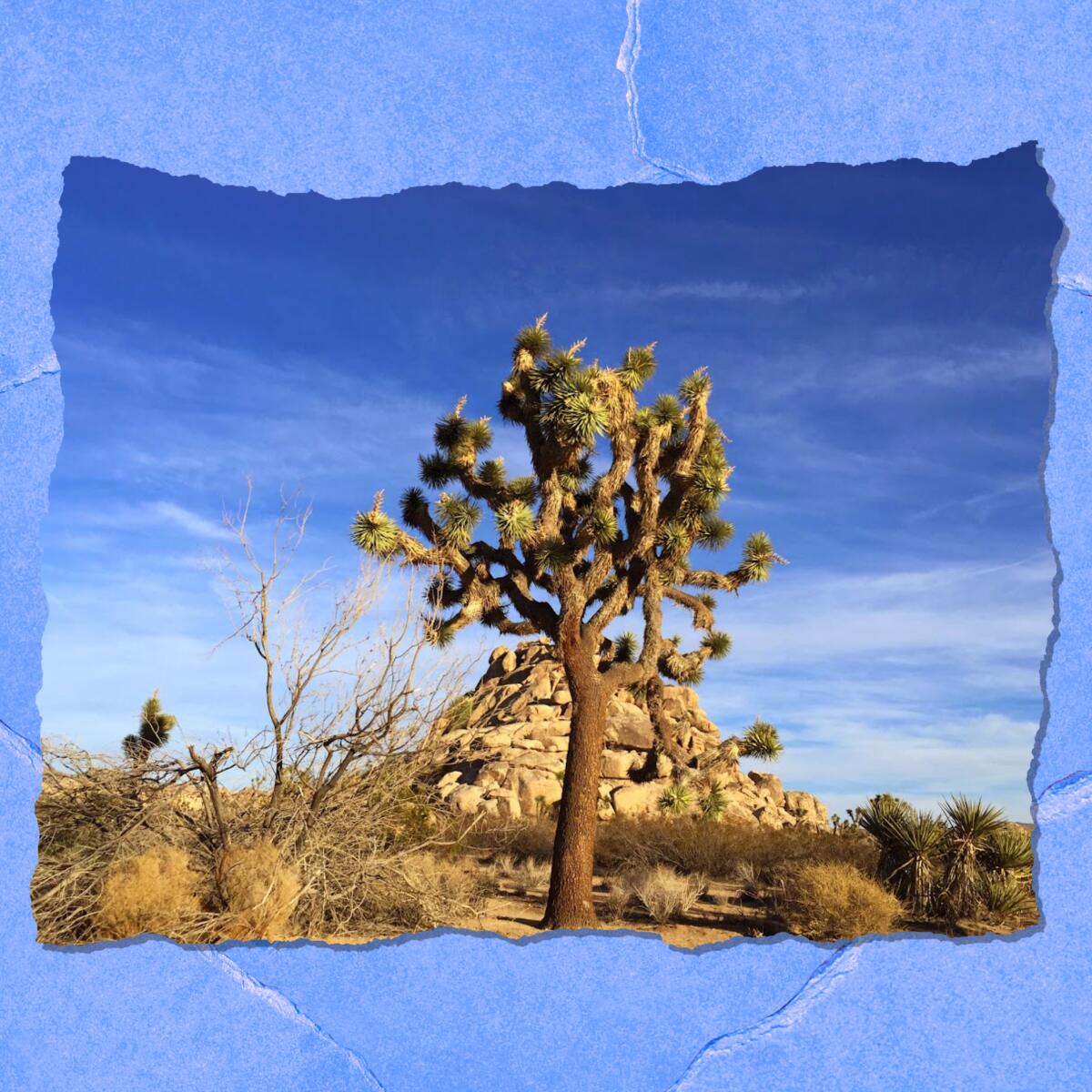
There’s something you should know about me: I’m a succa for yucca. So when I read a Times story by Louis Sahagún that said the California Fish and Game Commission had deadlocked in a 2-2 vote on declaring the western Joshua tree a threatened species, I was worried about the decline of my dear desert denizens. Although the fibrous flora are indeed protected throughout their range, such as in the 800,000-acre Joshua Tree National Park, advocates point to the 40% of the trees on private land and the alarming effects of climate change that could contribute to significant loss (some estimates are 90% by 2100). Unfortunately, it turns out the climate crisis is affecting more national parks (according to a comprehensive piece by CNN’s Rachel Ramirez) and their resident flora and fauna. The takeaway? At the very least, we can all strive to be climate conscious during our weekend national park adventures this summer and be respectful visitors.
The must-read

Just last month, the Trust for Public Land donated 1,440 acres to the Mojave Desert Land Trust. The Caliente Creek property, which is ”bound by the Piute Mountains on the East and the Sierra Nevada and Scodie Mountains on the North,” will not only be protected and restored but will also provide space for scientific research and, eventually, public access to its “rolling oak-studded hills.” A habitat linkage between desert and mountains, it’s a key biological hot spot for the endangered California condor as well. One last thing: The efforts are directly related to California’s 30 by 30 initiative (Times writer Sammy Roth details the new mapping tool in the Boiling Point newsletter), which strives to conserve 30% of our state’s land and coastal waters by 2030.
P.S.
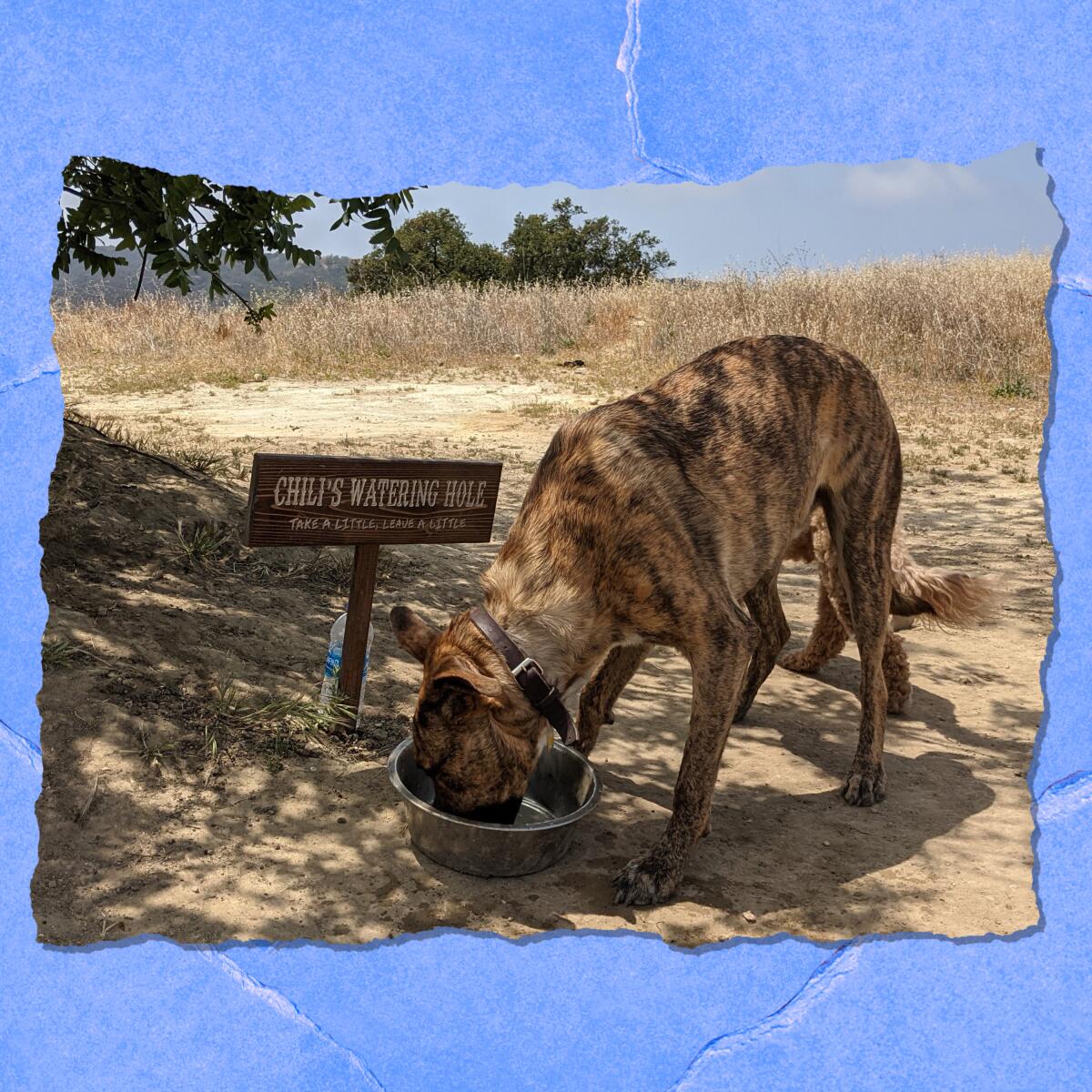
Looking for a doggone inspiring travel story? Just a couple of months ago, New Jersey resident and walking adventurer Tom Turcich showed that anything was possible with a canine companion — he and his furry four-legged friend, Savannah, recently completed a seven-year walk around the world. Tom was the 10th human on record to do so, but Savannah was the first pooch.
For dog lovers, it reminds us of the joys of adventuring with your pup, and there are plenty of Fido-friendly frolics in Los Angeles waiting for you. Check out my favorite 12, but keep in mind we are officially in the dog days of summer (the hottest of the season, as named by the Romans when the star Sirius appeared close to the sun), so practice pet safety and aim to hike in the cooler mornings and evenings.
Sign up for The Wild
We’ll help you find the best places to hike, bike and run, as well as the perfect silent spots for meditation and yoga.
You may occasionally receive promotional content from the Los Angeles Times.




